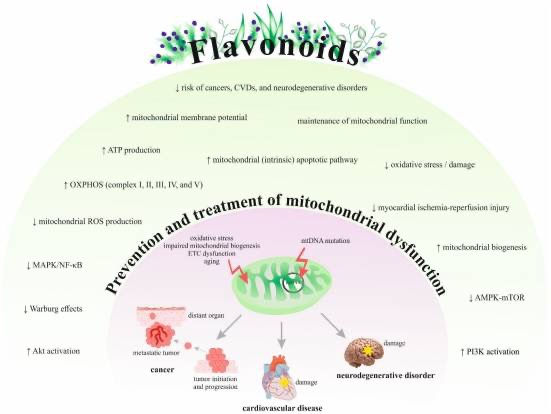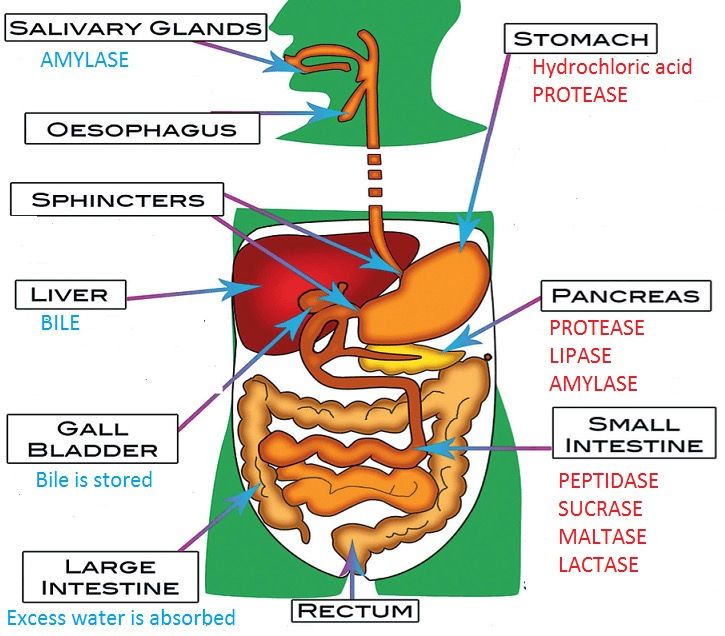Flavonoids 101: Nature's Colorful Anti-Inflammatory Warriors
- fowlerfritz8
- Aug 26
- 4 min read

What Are Flavonoids?
Have you ever wondered why blueberries are blue, why red wine is red, or why green tea has such adistinctive color? The answer lies in flavonoids – nature's brilliant paint palette that does far more thanjust make plants beautiful. These powerful compounds are actually sophisticated chemical defensesystems that plants use to protect themselves from damage, and when we eat these colorful foods, weinherit those same protective benefits.
Think of flavonoids as nature's bodyguards. Just as plants use them to shield against UV rays, fight offharmful microbes, and survive environmental stress, flavonoids help protect our bodies from the dailyassault of inflammation, toxins, and cellular damage.
The Flavonoid Family Tree
There are over 6,000 different flavonoids discovered so far, but they generally fall into several mainfamilies:
Anthocyanins: The deep purples, reds, and blues in berries, grapes, and red cabbage. These areparticularly powerful inflammation fighters.
Flavonols: Found in onions, apples, tea, and leafy greens. This family includes some of the mostpowerful anti-inflammatory compounds like Quercetin, Kaempferol, and Rutin.
Flavones: Abundant in parsley, celery, and citrus peels. This family includes Apigenin and Luteolin,which excel at supporting immune balance and brain health.
Catechins: The heavy hitters in green tea, dark chocolate, and apples. Known for their potentantioxidant power.
Flavanones: Found in citrus fruits and certain flowers, including powerful compounds like Chrysin,known for its hormone-balancing and anti-inflammatory properties.
How Do Flavonoids Fight Inflammation?
Flavonoids are like having a skilled peace negotiation team working inside your body 24/7. Here's howthey calm the inflammatory storm:
Cellular Firefighters: When cells are under attack from toxins or stress, they release inflammatorysignals like alarms going off throughout your body. Flavonoids step in to quiet these alarms, preventingthe inflammatory response from spiraling out of control.
Antioxidant Shields: Free radicals are unstable molecules that damage cells and trigger inflammation.Flavonoids neutralize these troublemakers before they can cause harm, like having a protective forcefield around your cells.
Enzyme Regulators: Flavonoids can dial down the activity of enzymes that produce inflammatorycompounds while boosting the ones that create anti-inflammatory substances. They're like skilledconductors orchestrating your body's inflammatory orchestra.
Blood Vessel Protectors: Many flavonoids help maintain healthy blood vessels, reducing theinflammation that can damage artery walls and lead to cardiovascular problems.
Immune System Trainers: Rather than suppressing your immune system, flavonoids help it respondmore intelligently – fighting real threats while avoiding unnecessary inflammatory reactions.
The Health Benefits of Flavonoid-Rich Living
When you regularly consume flavonoid-rich foods, your body experiences:
Reduced systemic inflammation: Lower levels of inflammatory markers throughout your body
Enhanced cardiovascular health: Better blood flow and healthier blood vessels
Improved brain function: Better memory, focus, and protection against cognitive decline
Stronger immune defense: More balanced immune responses with less autoimmune reactivity
Better metabolic health: Improved insulin sensitivity and blood sugar control
Enhanced recovery: Faster healing from exercise and daily stresses
Your Daily Flavonoid Rainbow
The key to maximizing flavonoid benefits is variety and color. Aim to "eat the rainbow" every day:
Red & Purple: Berries, red grapes, pomegranates, red onions, purple cabbage Orange & Yellow:Citrus fruits, yellow peppers, turmeric, orange sweet potatoesGreen: Green tea, leafy greens, broccoli, green apples, herbs like parsley Blue & Purple: Blueberries,blackberries, eggplant, purple potatoes White: Onions, garlic, cauliflower, white tea
Simple Daily Practices
Morning: Start with a glass of Archaea Active™ Water (which contains a powerful blend ofQuercetin, Apigenin, Luteolin, Kaempferol, Chrysin, and Rutin) or use it to make your coffee or tea
Snacks: Choose colorful fruits or a small piece of dark chocolate (70% cacao or higher)
Meals: Include at least three different colored vegetables or fruits with each meal
Beverages: Use Archaea Active™ Water as your daily drinking water (completely tasteless) or sipon green tea, herbal teas, or add lemon throughout the day
Cooking: Use herbs and spices liberally – they're flavonoid powerhouses
Maximizing Flavonoid Absorption
To get the most anti-inflammatory benefit from flavonoids:
Pair with healthy fats: A little olive oil with your salad or nuts with your berries helps absorption Don'tovercook: Light cooking or eating raw preserves more flavonoids Combine wisely: Vitamin C-richfoods enhance flavonoid absorption Time it right: Spread flavonoid intake throughout the day ratherthan consuming all at once Choose organic when possible: Higher flavonoid content and fewerinflammatory pesticides
Premium Flavonoids in Archaea Active™ Water
Archaea Active™ Water contains six of the most researched and powerful flavonoids, each selectedfor their unique anti-inflammatory properties:
Quercetin: Known as the "master flavonoid" for its broad-spectrum anti-inflammatory effects
Apigenin: Particularly beneficial for brain health and calming inflammation
Luteolin: Powerful neuroprotective compound that crosses the blood-brain barrier
Kaempferol: Excellent for cardiovascular health and reducing oxidative stress
Chrysin: Unique hormone-balancing properties with strong anti-inflammatory action
Rutin: Supports blood vessel health and enhances other flavonoid absorption
This carefully crafted blend provides a concentrated dose of nature's most effective anti-inflammatorycompounds in every glass.
(For detailed information about each of these powerful flavonoids, see our upcoming "PremiumFlavonoids Deep Dive" series.)
Here's what makes flavonoids especially powerful in fighting chronic inflammation: they worksynergistically with other natural compounds. When combined with:
Archaea: These beneficial microbes help process flavonoids in your gut, making them morebioavailable
Digestive enzymes: Better digestion means better absorption of these protective compounds
Other plant metabolites: The whole plant provides a complex matrix that enhances individualflavonoid effects
The Synergy Effect
Flavonoids represent millions of years of plant evolution creating the perfect natural pharmacy. Everycolorful bite you take is like depositing protective compounds into your body's anti-inflammatory bankaccount. The more variety and color you include in your daily meals, the stronger your natural defensesystem becomes.
Remember, you don't need to memorize complex chemistry or take dozens of supplements. Simplychoose colorful, whole plant foods throughout your day, and let nature's time-tested anti-inflammatorywarriors do what they've been perfecting for millennia – keeping you healthy and inflammation-free.



Comments